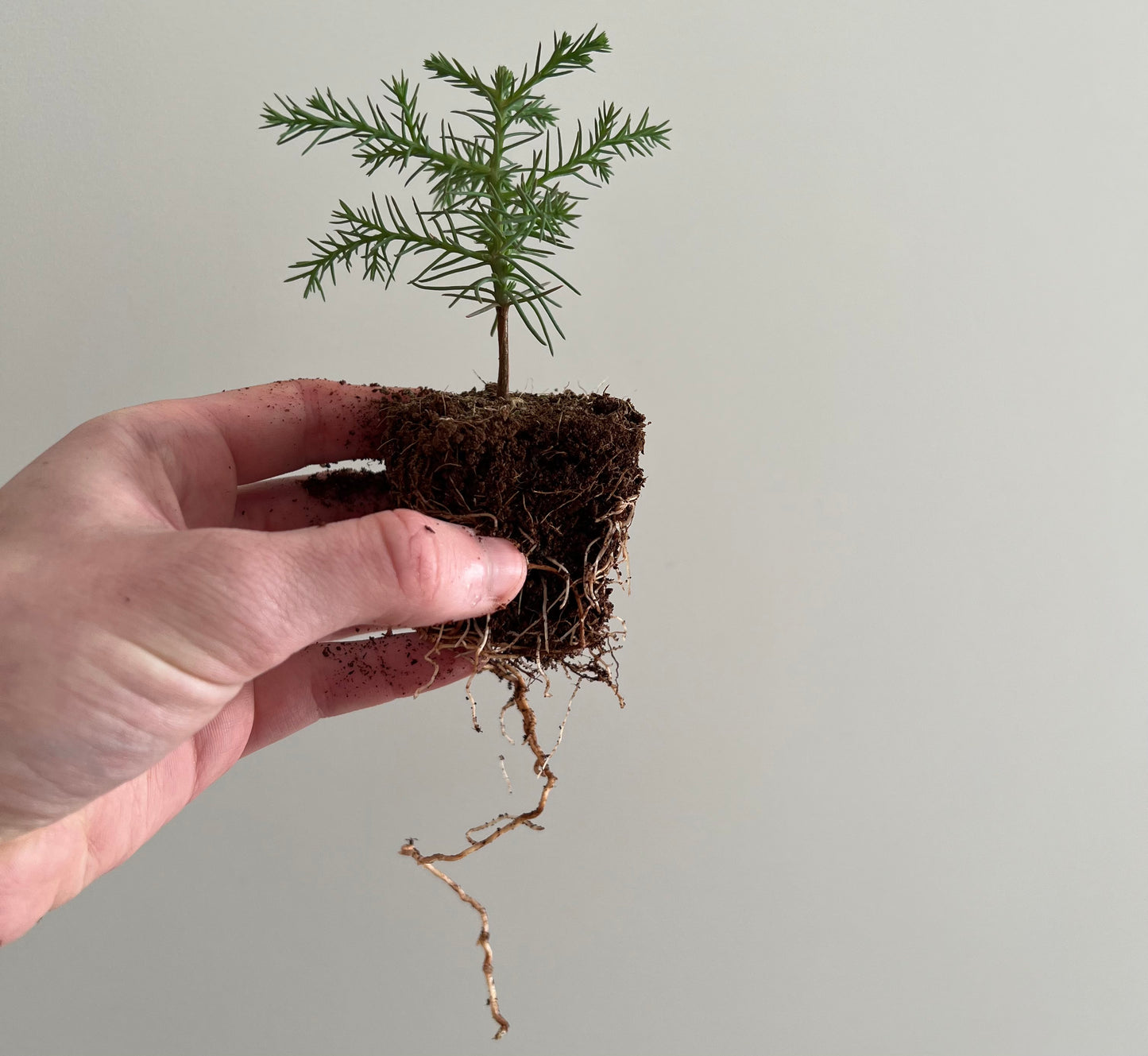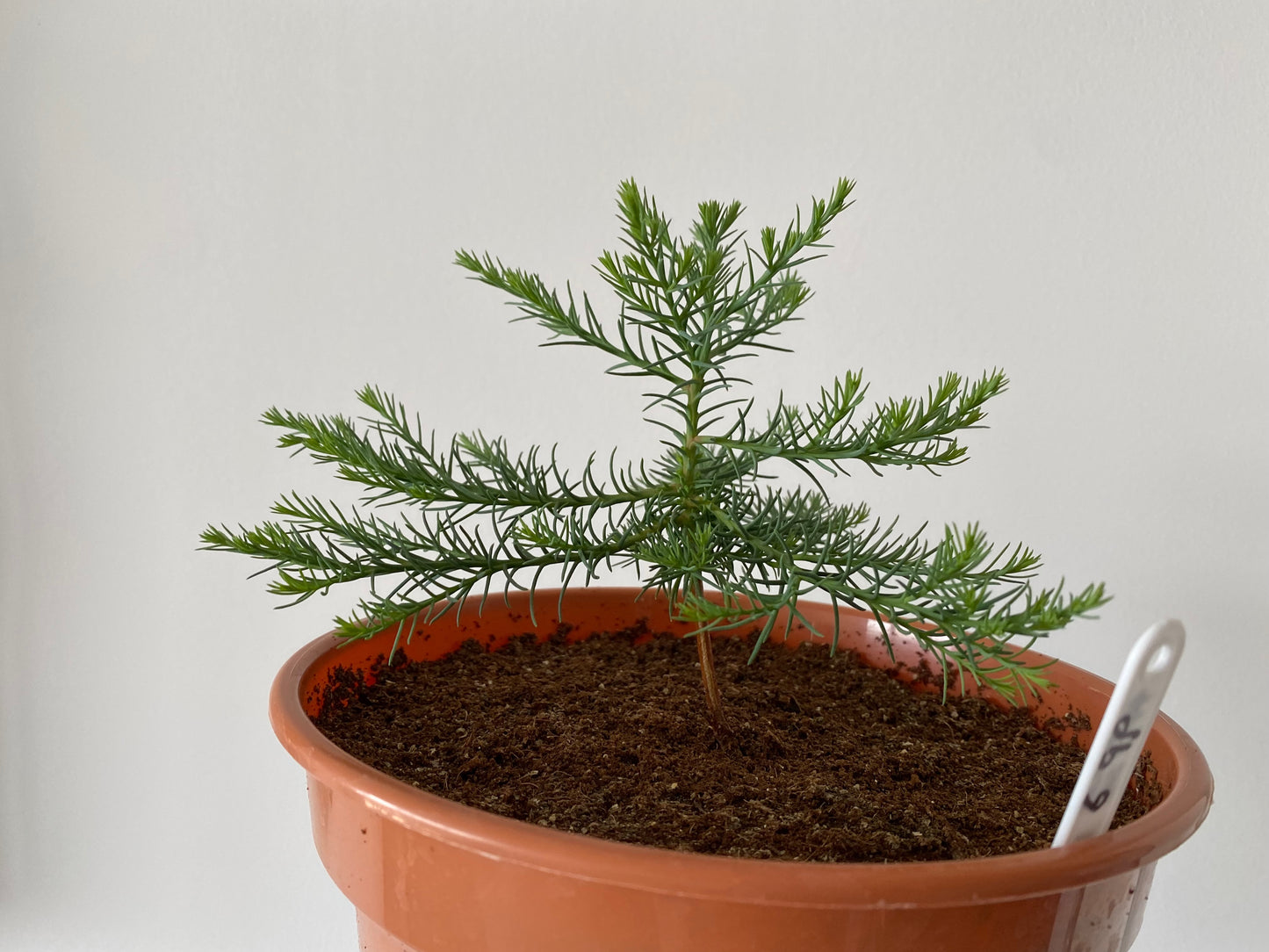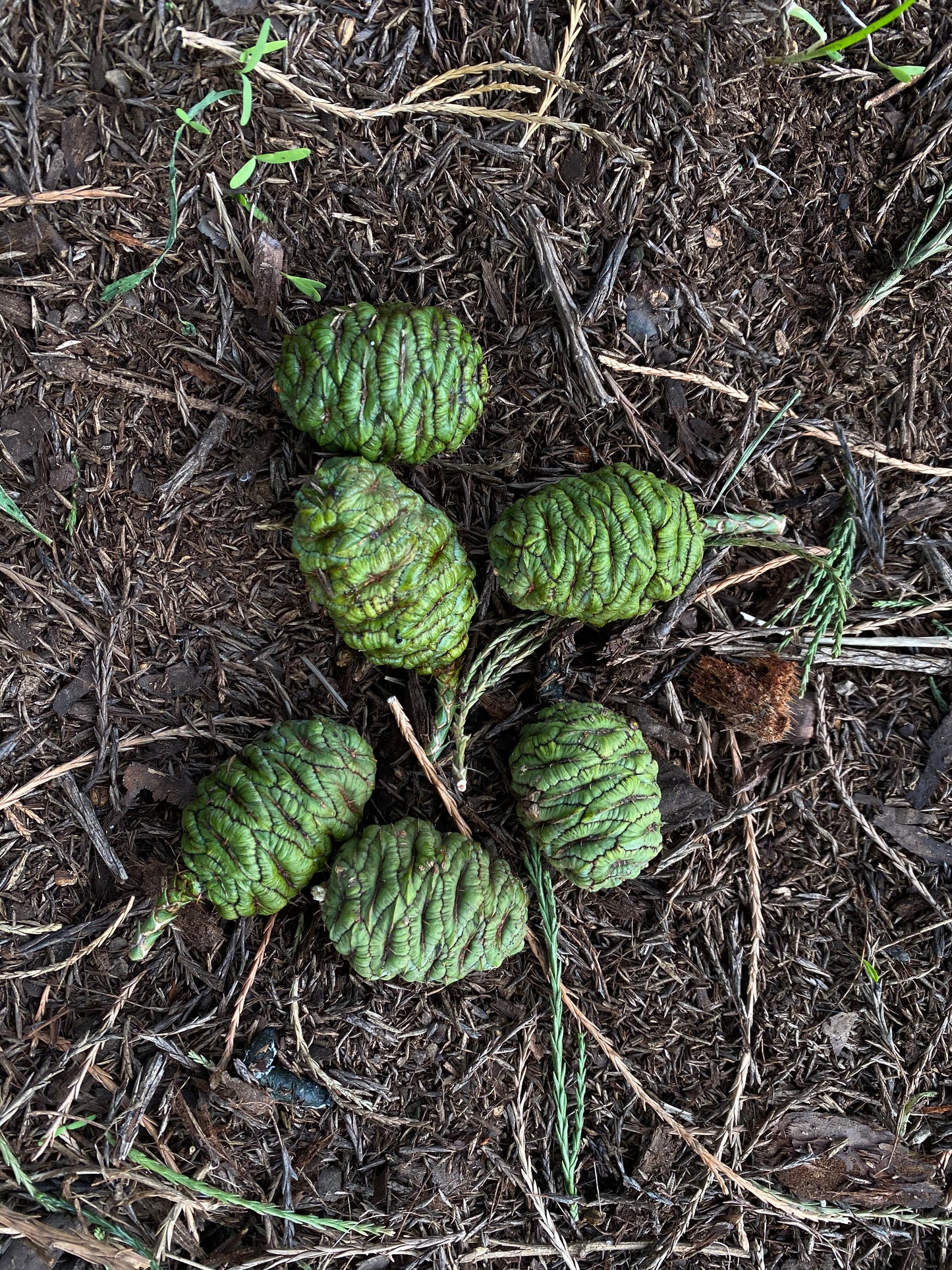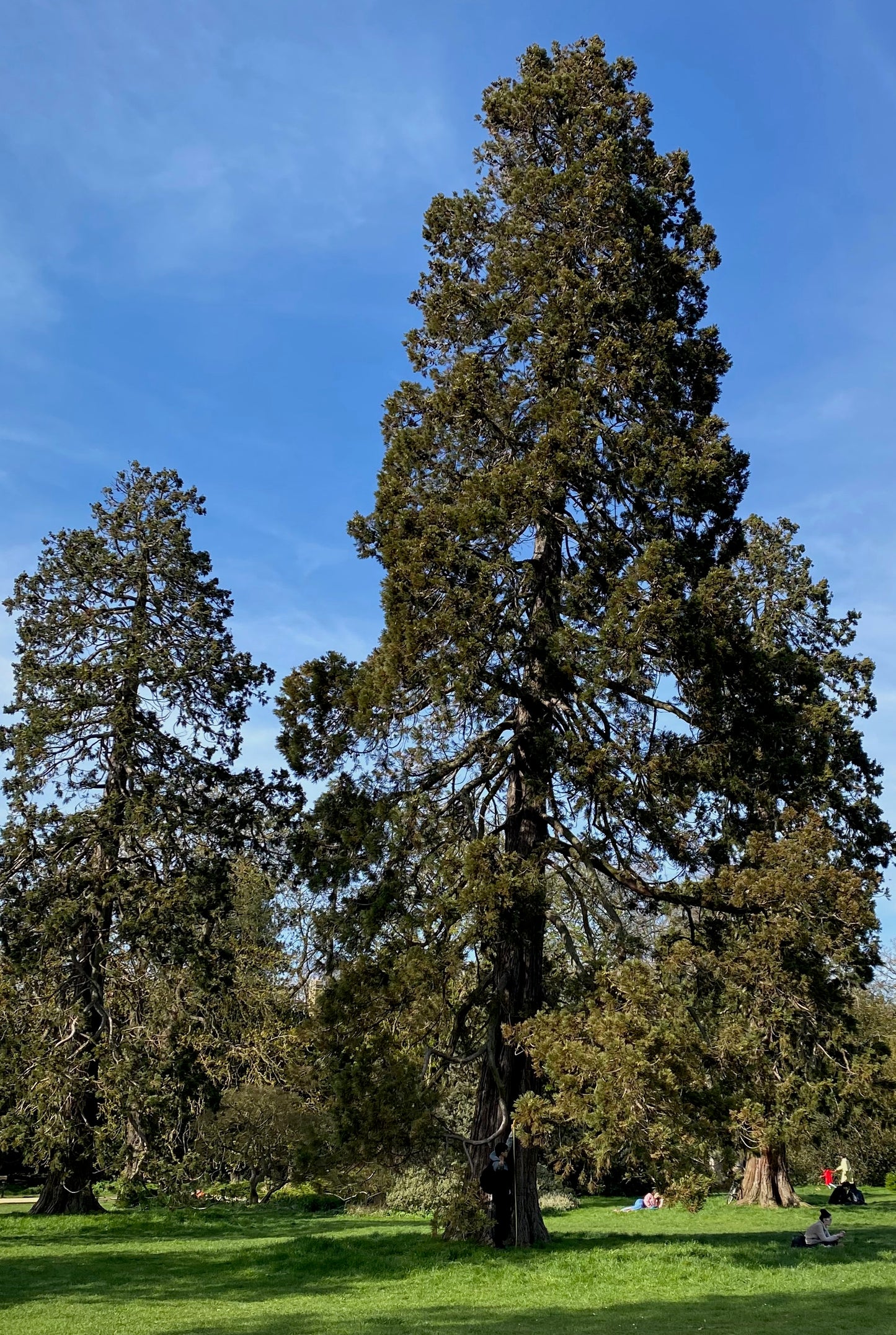Introduction
This entry in the Grower's Journal offers an introduction to the fascinating science behind Giant Sequoia (Sequoiadendron giganteum) cotyledons, or embryonic leaves. If you are looking to grow your own Giant Sequoia from seed you can check out our growing guide. If you find this information useful and you live in the United Kingdom, please consider buying your Giant Sequoia seeds from our seed store.
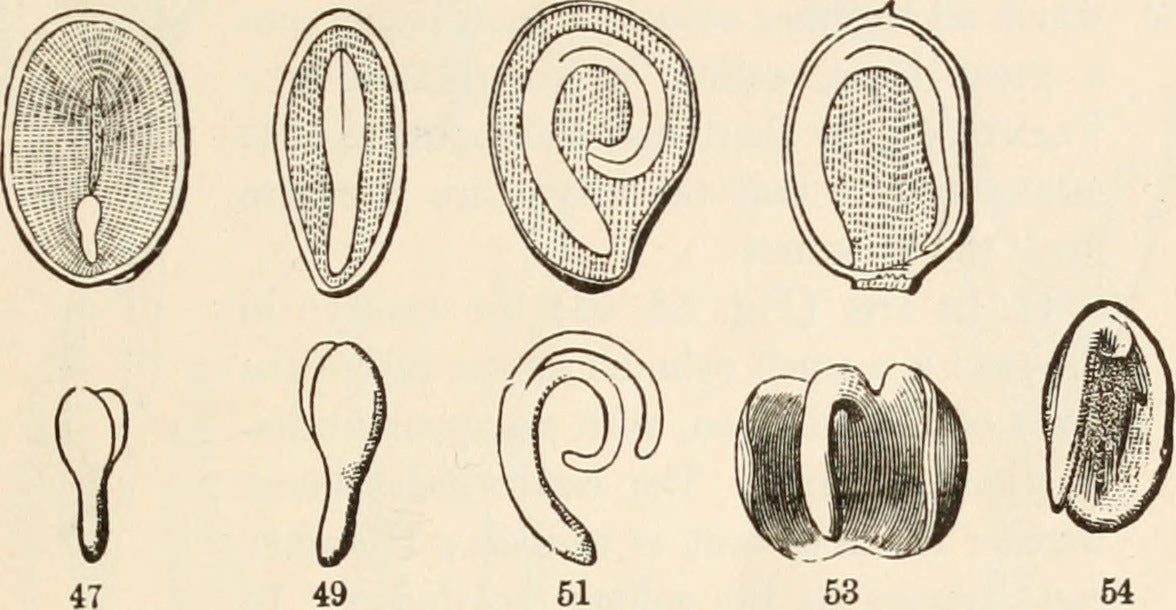
What is a cotyledon?
Cotyledons are embryonic leaves; That is to say, they are the first leaves that a plant has. These leaves actually start to form inside the seed at a very early stage. In cases of epigeal germination (which applies to Giant Sequoia), the embryonic root, known as the radical emerges first from the seed, and attempts to find anchorage. The cotyledons remain inside the seed casing until they are eventually pushed above ground by the growing root structure. Cotyledon growth helps to break the Giant Sequoia seedling out of its seed casing - the casing will generally become loose and fall off either in the process of the cotyledons being pushed above ground by the root or, in some cases the cotyledons will come above ground with the seed casing still attached, in these cases it will usually fall off shortly afterwards.
This time lapse shows the first week of a Giant Sequoia's growth. You see the cotyledons are pulled out of the seed case, above ground, where they open out to begin photosynthesis.

How many cotyledons?
A 1940 study by Buchholz and Kaeiser found that Giant Sequoia cotyledon numbers range from 2 to 6, with 4 being the most common (62.8%) and 3 the second most common (33.2%). The extreme numbers of 2 and 6 were found to be rare in the overall sample, each accounting for around 0.2% of seedlings.
Genetic insights from cotyledons
Fins and Libby, for a paper from 1980, 'collected seed samples from 35 natural populations of giant sequoia' in order to get insights into genetic differences. The found that 'mean numbers of cotyledons differed significantly between populations and between families within populations.' Seeds from Placer Grove at the extreme north of the Giant Sequoia's natural range - close to Lake Tahoe - had the lowest average seed weight but also the highest average number of cotyledons: 5.1 - significantly above Buchholz and Kaeiser's averages. Fins and Libby found that 'samples from the 8 northern populations had high proportions of 5 and 6 cotyledon [seedlings]' while seeds from the central region had the lowest numbers (only 12% of seedlings having greater than 4).
What these findings tell us is that cotyledon averages are not uniform across the species, instead they are highly dependent on the local genetic variation found between groves. The particularly high number of cotyledons in seedlings with a Placer Grove heritage may also reflect the fact that this grove has a notable geographic separation from other groves, and therefore will have undergone generations of genetic isolation.
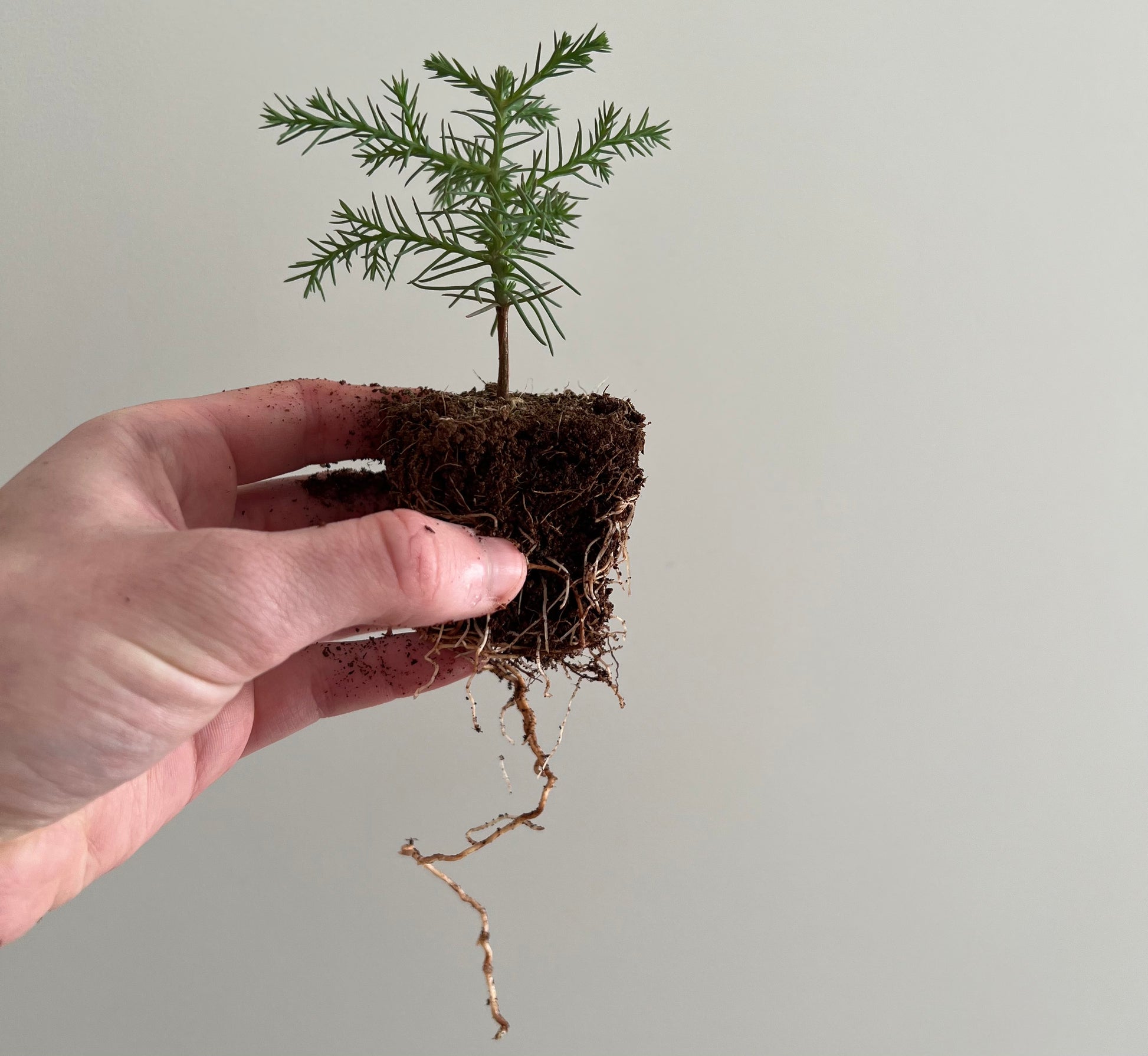
Superlative Trees
Giant Sequoia Seeds
Share
